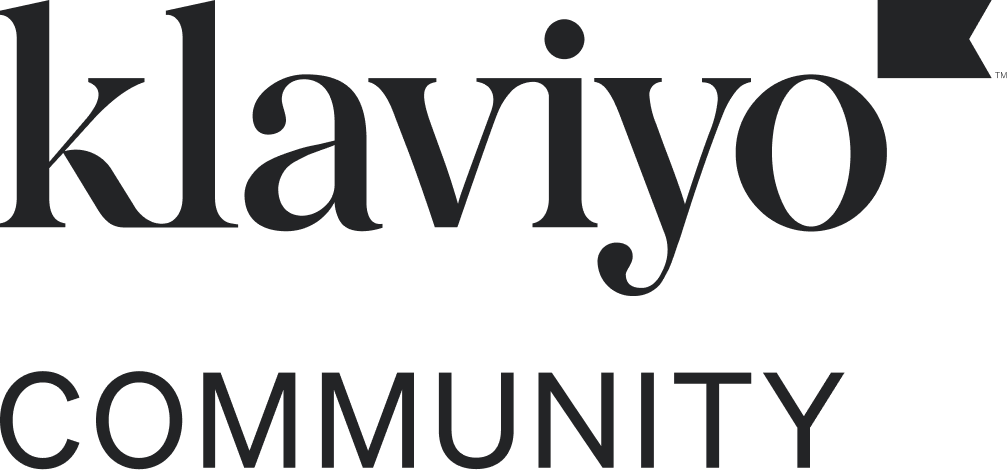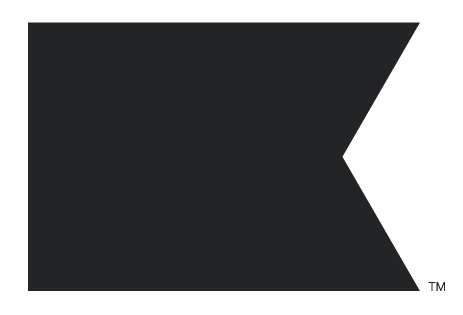You're right in thinking that you may need the full Klaviyo JavaScript (JS) script. Since you're using server-side tracking, here's a breakdown:
-
Server-side tracking: This helps track actions that happen behind the scenes, like purchases or custom events, but it doesn't cover front-end interactions (like when someone views or submits a form).
-
Klaviyo JS script: The full Klaviyo script is essential for front-end interactions like tracking who sees your sign-up forms and how they engage with them (e.g., form views, submissions). If you only include the form script, it might not capture other valuable insights, such as impressions or who interacted with the form but didn’t submit it.
So, to ensure complete tracking (who saw the form, who submitted, etc.), you'll need the full Klaviyo JS script. This way, both server-side and client-side events are being captured effectively.
Hope this will best fit for you!



![[Academy] Deliverability Certificate Forum|alt.badge.img](https://uploads-us-west-2.insided.com/klaviyo-en/attachment/505f2253-cde5-4365-98fd-9d894328b3e0_thumb.png)

